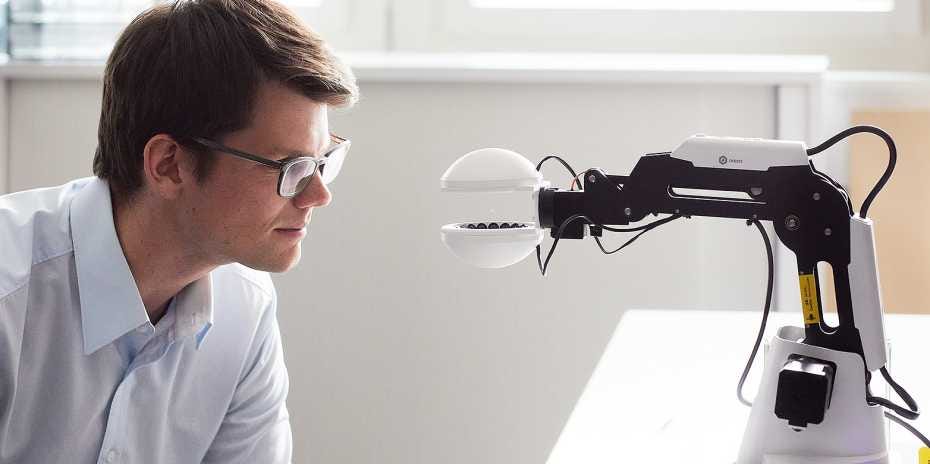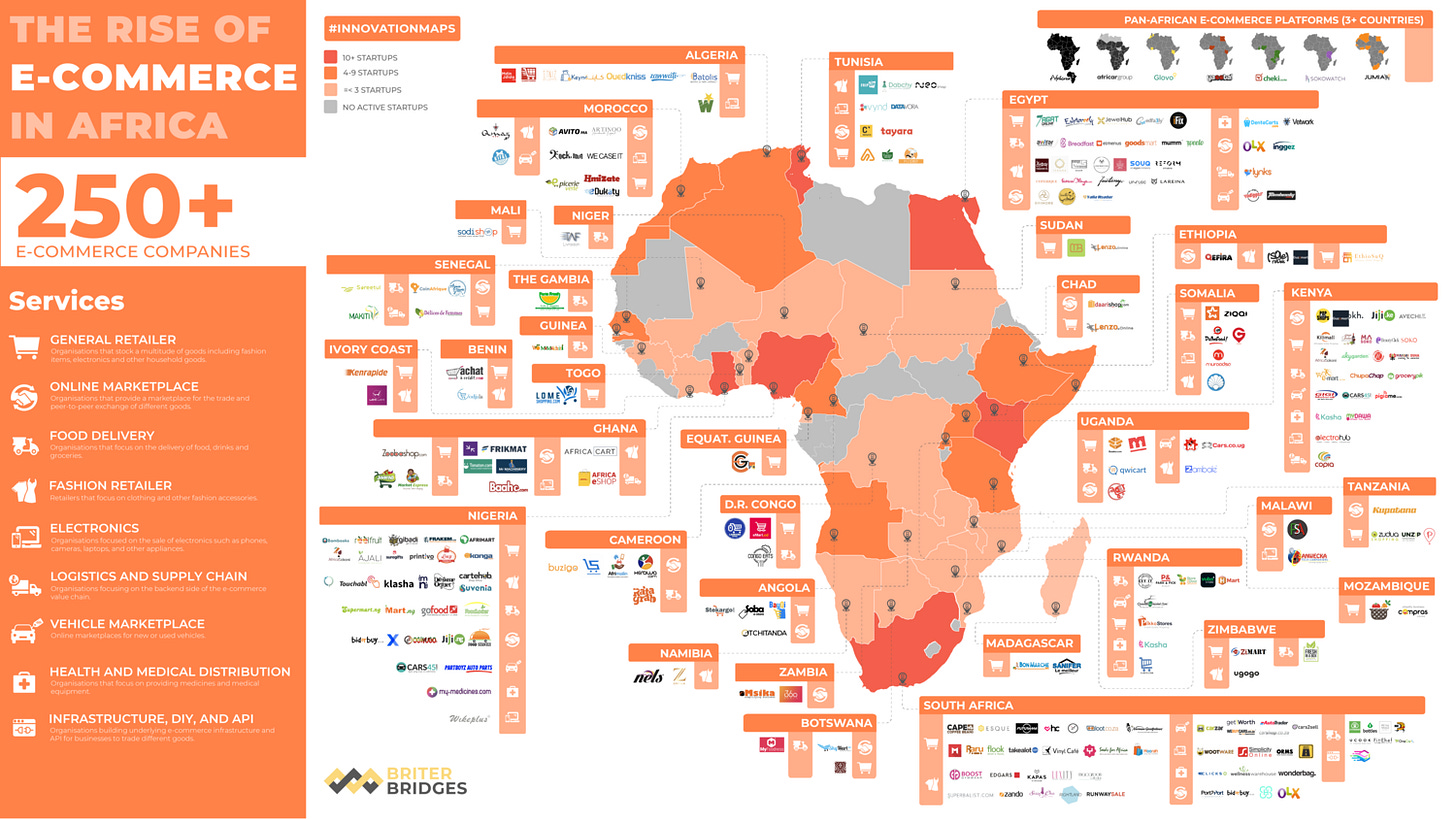This week we will look at a robot that is able to grip objects without touching them, a new AI developed drug that is now in human trials, using Virtual Reality to train firefighters and the emerging Technology landscape in Africa. We will also visit a performance artist that uses technology as part of his art. Oh, and I will correct an error from last week’s newsletter (I will have to have strong words with the editor, oops that is me).
A Robot that grips without touching
A Swiss scientist has developed a prototype robot that uses ultrasound waves to grip objects, eliminating the need to touch the object. Known as acoustic levitation, it allows the robot to lift and manipulate small objects that might otherwise be damaged by gripping. It is likely to be useful in watch making and in the semi-conductor industry.

In addition to a reduction of physical damage, acoustic levitation also allows contamination free movement of objects and greater precision. Acoustic Levitation technology was first used in space exploration, it should soon be a part of manufacturing here on earth.
An AI Generated Drug
Sumitomo and Exscientia have claimed that they have put the first AI generated drug, DSP-1181 into human trials. The drug is intended to be used for people with Obsessive Compulsive disorders. It may be the first true AI generated drug but it is not the first claim for an AI generated drug.
The companies claim that their algorithms sifted through potential compounds, checking them against a huge database of parameters. This took one year to reach the clinical trial level. A more conventional program might have taken two to three years. No doubt as systems mature the time taken to create potential drugs will be reduced.
These efforts will also be enhanced by the rapid response technology platforms for drug development being developed by the Coalition for Epidemic Preparedness Innovations (CEPI). The University of Queensland is a key partner in this effort as is the CSIRO. The term “technology platform” refers too systems that use the same basic components as a backbone but that can be rapidly adapted to develop vaccines and drugs for new viruses as they arise.
The current Coronavirus is the first new epidemic disease to emerge since the establishment of the platform. Work is progressing rapidly to develop an appropriate drug response. Adding a further level of AI that is able to sort potential solutions more rapidly will only enhance the effectiveness and speed of these programs.
VR in Training
Virtual Reality (VR) has long been promised as the next great advance in technology. For a range of reasons VR has had trouble gaining the traction required to be the next big thing. One area where that is starting to change is in training.
Flaim, an Australian VR startup, has built a VR system to help train new firefighters. By wearing a headset and a full set of equipment and protective gear, trainees are immersed in real-life training scenarios that are difficult, expensive and dangerous to reproduce in the real world. The VR produces realistic renders of smoke, fire, water and fire-extinguishing foam in a range of situations e.g. house fire, aircraft fire or bushfire.
Trainees wear a heat suit that replicates the likely temperature in each scenario, controlled by software that determines the proximity and orientation to the fire and how that would affect the individual.

In the coming years, expect to see further VR and AR (Augmented Reality) applications that will find a place in a range of training situations.
Technology in Africa
Africa is not the first place that you think of when it comes to technology development, however it is a growing source of innovation. There are now 643 innovation hubs on the continent which have been growing at 50% per year over recent times. Microsoft has invested US$100million in a development center which will employ 500 people and I know of at least 1 Australian startup that has some of its’ software developers based in Nigeria.
Briter Bridges, a research company that specializes in emerging markets, have summarized the rise of e-commerce in Africa.

There were large number of US$1million+ investments in startups in Africa in 2019.

and over 250 Investment Firms.

With the rapid increase in technical capability in Africa, maybe that nice Nigerian Prince that keeps emailing me might be able to find some help closer to home.
Tech as Performance Art
I have never really understood performance art however I can appreciate this effort. UK Performance Artist Simon Weckert has loaded 99 used smart phones into his little red wagon and walked them down various empty streets in the UK and Europe in order to create virtual traffic jams on Google Maps.

Navigation apps that use Google Maps traffic data as a way to avoid traffic jams divert drivers away from the street down which Simon is walking. Why? Art should be appreciated rather than understood.
It’s Back
In another sign that times are changing, General Motors will soon rerelease every petrolhead’s favorite gas guzzler, the Hummer, as an electric vehicle. Zero to 60 Miles per Hour (100 KpH) in 3 seconds. Timed to be released at the same time as Tesla’s cyber truck. Production is due to start in late 2021.

Correction from last week’s newsletter
A huge vote of thanks to the eagle eyed reader that let me know of my error in last week’s newsletter. In the article re Billie Eilish’s Grammy Award winning song, “Bad Guy”, I explained that Billie had used a sample of the audio of the walk signal from Sydney traffic lights. I said that the audio was to let deaf people know when the lights have changed. Well, the deaf rely on the red and green man to know when the lights have changed. It is of course, the blind that rely on the audio cues.
Paying it Forward
If you have a start-up or know of a start-up that has a product ready for market please let me know. I would be happy to have a look and feature the startup in this newsletter. Also if any startups need introductions please get in touch and I will help where I can.
If you have any questions or comments please email me via my website craigcarlyon.com
I would also appreciate it if you could forward this newsletter to anyone that you think might be interested.
Till next week.


